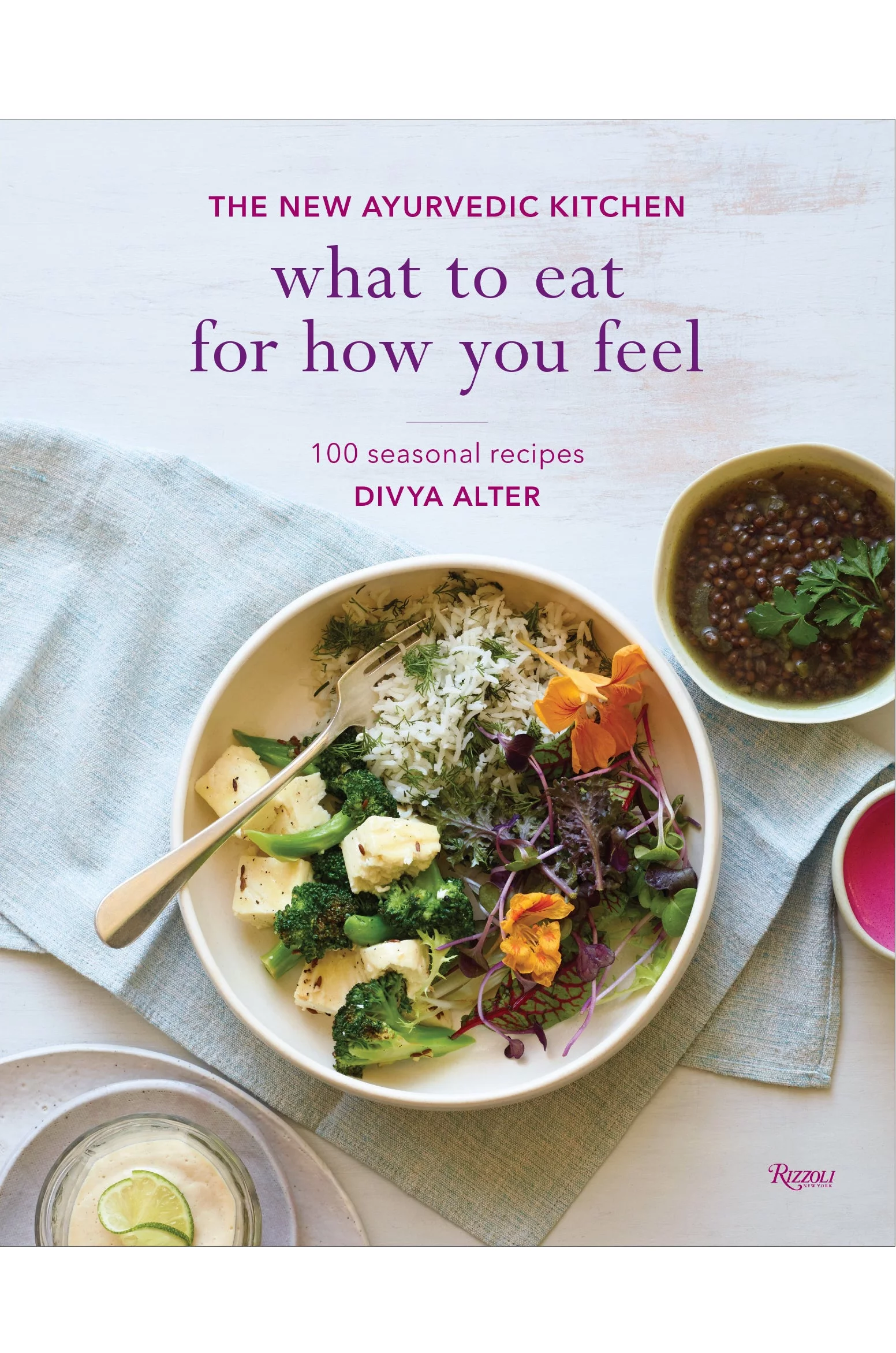Spiced Amaranth
Amaranth is an ancient grain that’s delicious, versatile and a rich source of complete plant-based protein. Enjoy this dish as a warm breakfast cereal or as an accompaniment to cooked vegetables or salad.
- SHARE:

Photo ℅ William and Susan Brinson
From What to Eat for How You Feel by Divya Alter (Rizzoli 2017)
What is your relationship with amaranth? Are you like I was a few years ago—you completely ignore it on the grocery shelves? Until I discovered how much I loved amaranth, I passed it by, like passing by a celebrity neighbor until you realize, “Ah, that’s you!”
This tiny grain definitely makes the grade as a celebrity among foods, and even though it has been cooked in civilizations throughout the world for more than eight thousand years, it seems to be served less often on American tables. Well, be brave and try this recipe because amaranth is delicious and its nutrients are just too important to ignore.
Because it is one of the most protein-rich plant-based foods, amaranth can be harder for some people to digest. The spices I use in this recipe not only complement amaranth’s earthy, nutty flavor, but also aid digestion. The key to a successful amaranth dish is to cook it just enough, to a creamy-sticky consistency. Overcooking it will make it hard to chew. If you’ve ever eaten the Indian dessert called halava (semolina pudding), you can aim for your cooked amaranth to look like a creamy halava. Let your eyes be smaller than your stomach and serve smaller portions—amaranth is much denser than most grains, and just a little will satiate you. You can serve this dish as a breakfast cereal or as a grain dish to accompany any vegetable dish or salad.
Cook 20 to 25 Minutes
Serves 4 | Gluten free, Dairy free
Ingredients
½ teaspoon kalonji seeds
¼ teaspoon ajwain seeds
¼ teaspoon black peppercorns
1 cup amaranth (no need to rinse)
1-inch piece cinnamon stick
½ teaspoon salt
2 teaspoons ghee or olive oil
Sprinkle of lime juice
Instructions
In a spice grinder, grind the kalonji seeds, ajwain seeds, and black peppercorns to a fine powder.
In a 1- to 2-quart saucepan, combine 2 cups water, amaranth, cinnamon stick, salt, ghee, and ground spices to a boil. Reduce the heat to low, cover with a tight-fitting lid, and simmer for 20 to 25 minutes, until the grains have thickened to a creamy consistency. I like to keep an eye on the consistency by giving the bubbly amaranth a quick stir every 10 minutes. Once you’ve reached 20 minutes cooking time, you will see a little bit of water on the surface, but as soon as you stir the grains, they will absorb the water and you will achieve the perfect creamy, slightly sticky grain texture.
Turn off the heat leaving the pot covered and let the grains firm up for 5 more minutes. Garnish with a squeeze of lime juice; serve hot.
VARIATION: Substitute ¼ cup red or white quinoa (rinse it well) for ¼ cup of the amaranth in step 2.
FOR FIERY DIGESTION: Substitute coconut oil for the ghee; omit the ajwain seeds and add 1 teaspoon fennel or coriander seeds in step 1.
FOR EARTHY DIGESTION: Add 1 teaspoon grated fresh ginger in step 2. Omit the olive oil in step 3.
Healing Benefits of Amaranth
The Greeks called it “immortal,” and the Aztecs revered it as “golden grain of the gods.” These are some of amaranth’s benefits (note: amaranth greens are also delicious but have different nutrient ratios and healing properties).
- It is a source of complete protein—it contains all the essential amino acids, including lysine, which is lacking in most grains.
- It is high in fiber and a good source of magnesium and iron.
- It is rich in manganese, calcium, magnesium, phosphorus, and potassium.
- It is an ideal grain for vegetarians, vegans, and diabetics.






